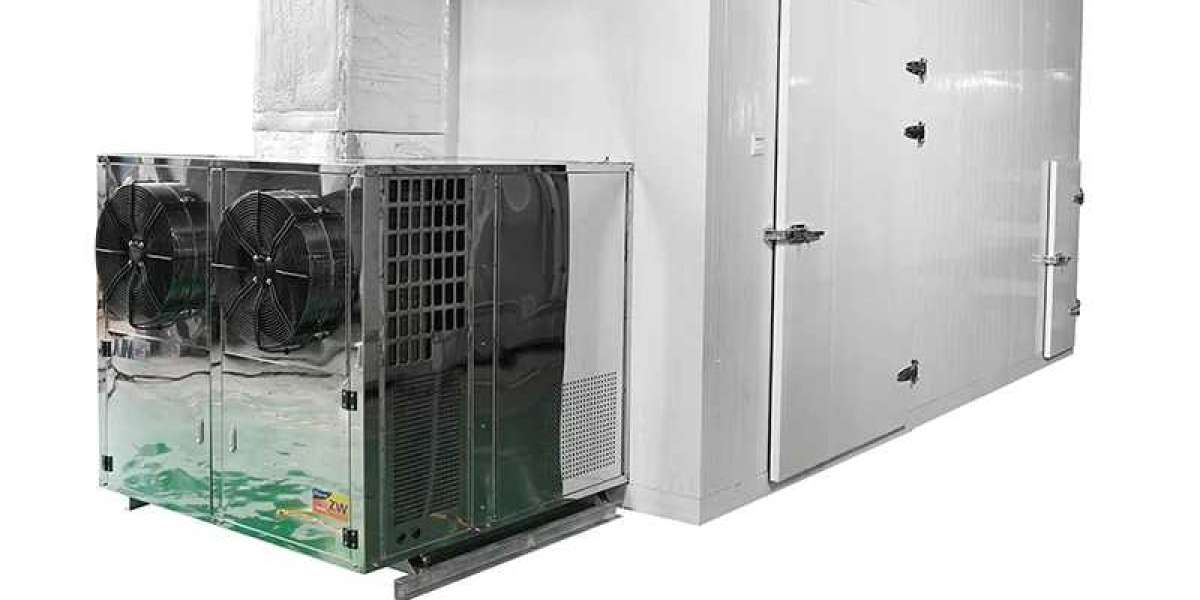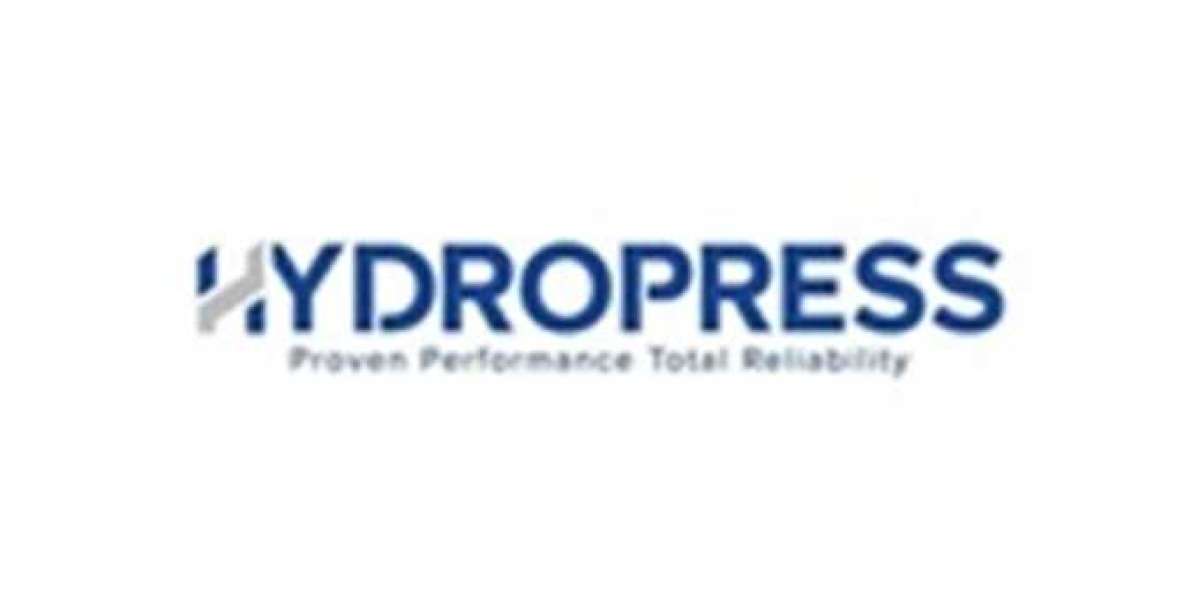Drying is a crucial process in various industries, particularly in food preservation and manufacturing. There are two main categories of drying methods: industrial dehydrators and traditional drying methods. Understanding the differences between these methods is essential for businesses looking to optimize their drying processes and improve product quality.
Overview of Industrial Dehydrators
heat pump dehydrator are advanced machines designed to remove moisture from products efficiently. They use controlled heat and airflow to ensure uniform drying. These dehydrators can handle large volumes of material and are often equipped with features that allow for precise temperature and humidity control. This makes them suitable for various applications, including food processing, pharmaceuticals, and textiles.
Overview of Traditional Drying Methods
Traditional drying methods include sun drying, air drying, and oven drying. These methods have been used for centuries and are often simpler and less expensive than industrial dehydrators. However, they can be less efficient and may not provide the same level of control over the drying process. Traditional methods are often dependent on environmental conditions, which can lead to inconsistent results.
Efficiency Comparison
When comparing efficiency, industrial dehydrators generally outperform traditional drying methods. They can dry products more quickly and uniformly, reducing the risk of spoilage and maintaining quality. Traditional methods, on the other hand, may take longer and can be affected by weather conditions. This can lead to variability in drying times and product quality.
Quality of Dried Products
The quality of dried products is a critical factor in choosing a drying method. Industrial dehydrators provide better control over temperature and humidity, resulting in higher quality dried products. They help preserve the color, flavor, and nutritional value of the materials being dried. In contrast, traditional methods may lead to uneven drying and loss of quality due to exposure to the elements.

Cost Considerations
Cost is an important factor when evaluating drying methods. Traditional drying methods are often less expensive to implement since they require minimal investment in equipment. However, the long-term costs associated with labor, time, and potential product loss can make them less economical. Industrial dehydrators have a higher initial cost but can lead to savings in labor and improved product quality over time.
Energy Consumption
Energy consumption is another critical aspect to consider. Industrial dehydrators are designed to be energy efficient, often using advanced technologies to minimize energy use. They can operate continuously and maintain optimal drying conditions with less energy than traditional methods. Traditional drying methods, especially sun drying, may not require energy but can be inefficient in terms of time and labor.
Flexibility and Versatility
Industrial dehydrators offer greater flexibility and versatility compared to traditional methods. They can be adjusted to dry a wide range of products, from fruits and vegetables to meats and herbs. This adaptability makes them suitable for various industries. Traditional methods are often limited to specific products and may not be suitable for all drying needs.
Environmental Impact
The environmental impact of drying methods is an increasingly important consideration. Industrial dehydrators can be designed to be more environmentally friendly, utilizing energy-efficient technologies and reducing waste. Traditional methods, while low in energy use, can lead to higher waste if products spoil due to inconsistent drying. The choice of method can significantly affect a company’s sustainability goals.
Conclusion
In conclusion, the choice between industrial dehydrators and traditional drying methods depends on various factors, including efficiency, product quality, cost, and environmental impact. Industrial dehydrators offer significant advantages in terms of speed, control, and quality, making them suitable for modern applications. Traditional methods may still have a place in certain contexts, especially where cost is a primary concern. Understanding these differences can help businesses make informed decisions about their drying processes











